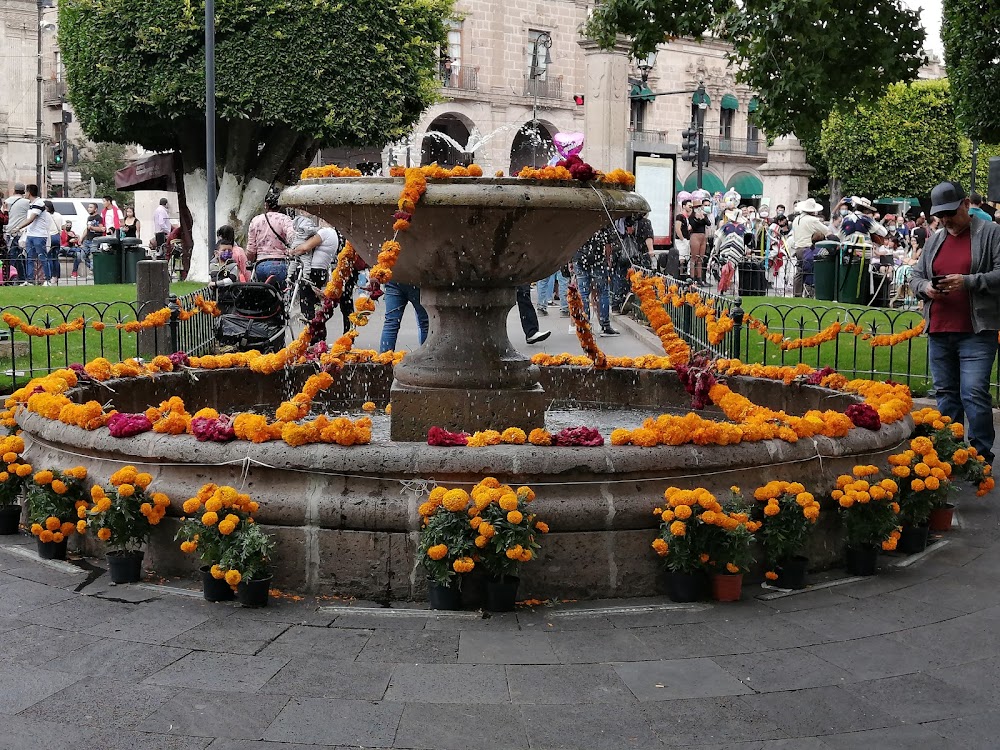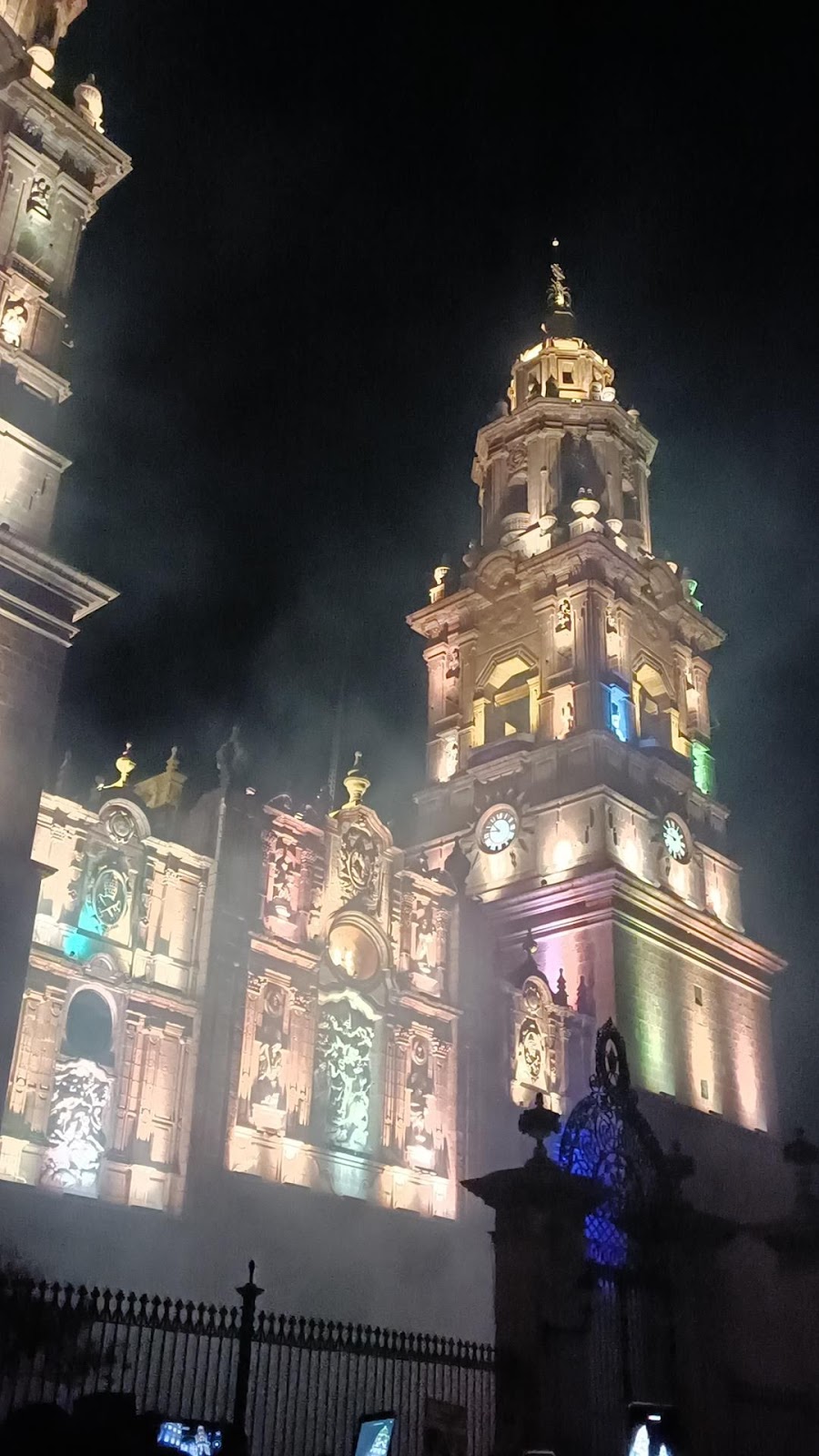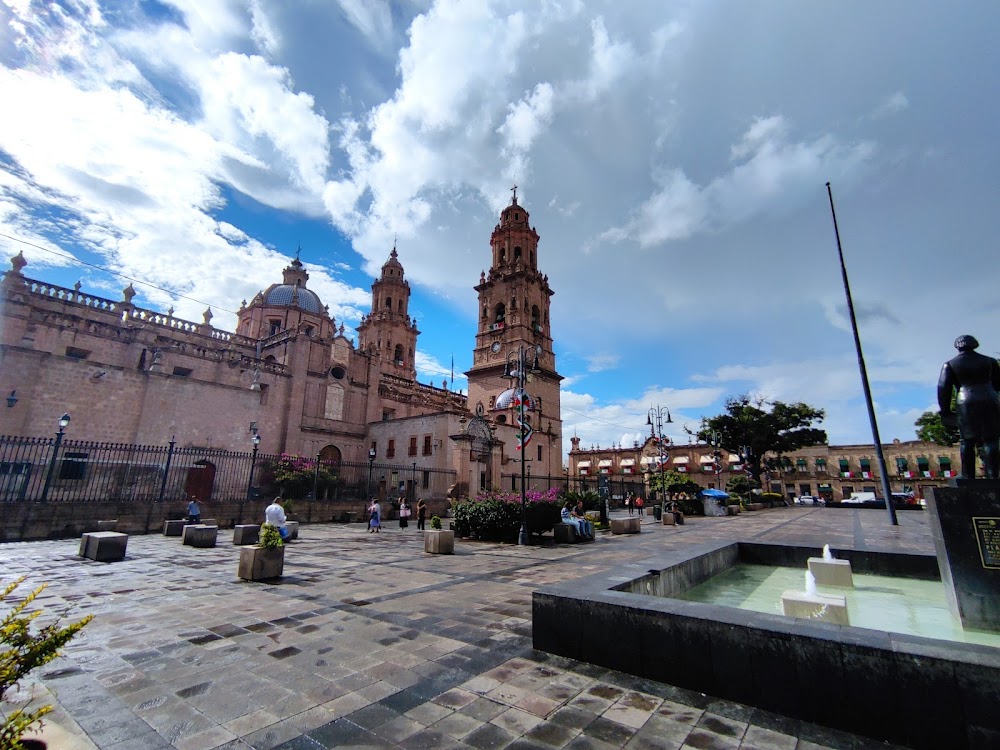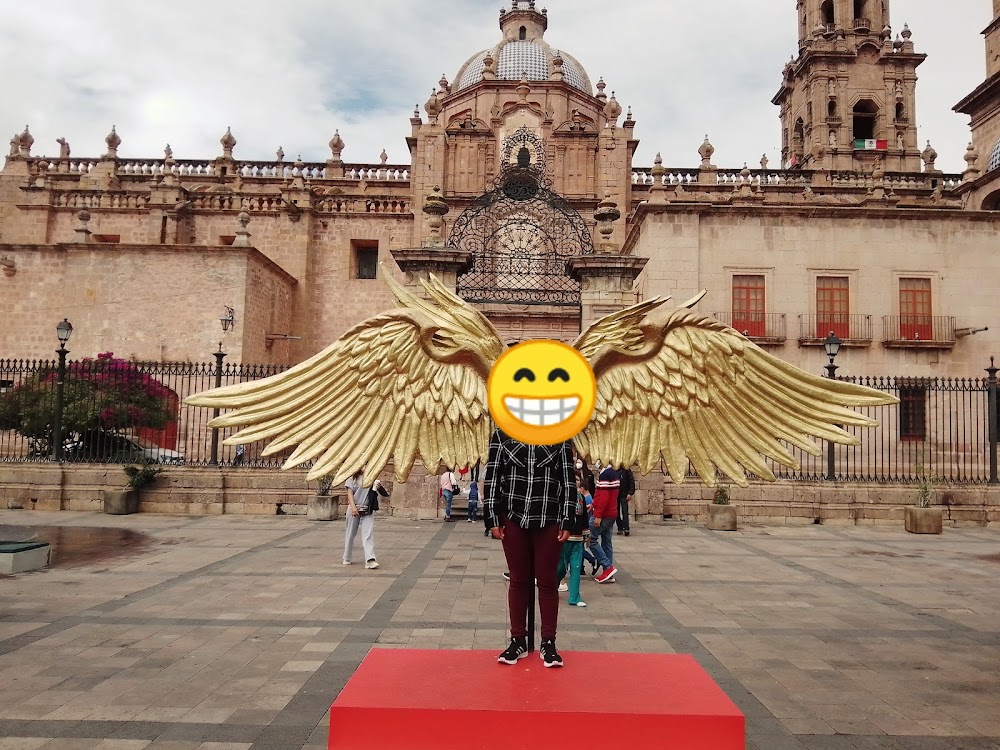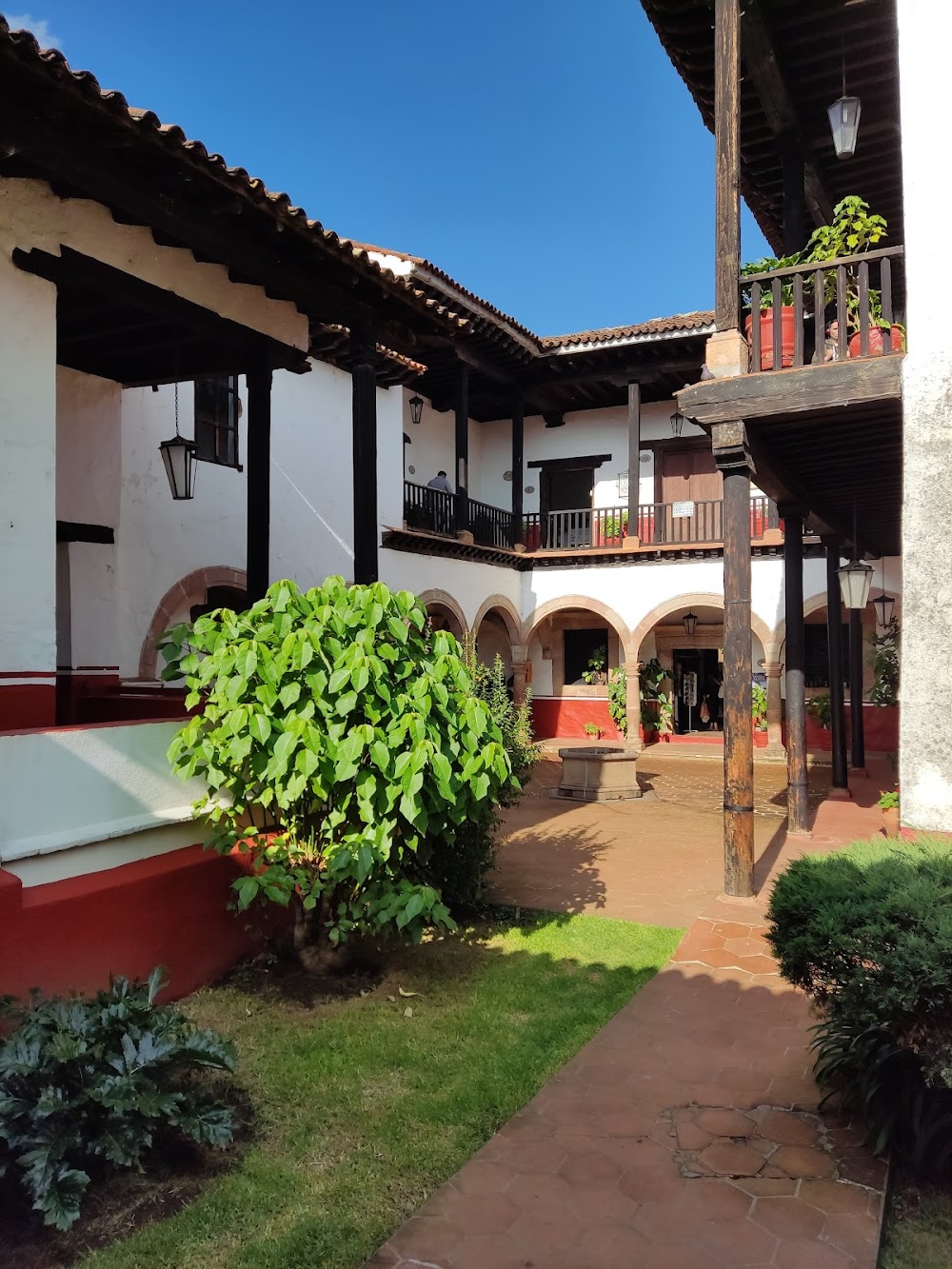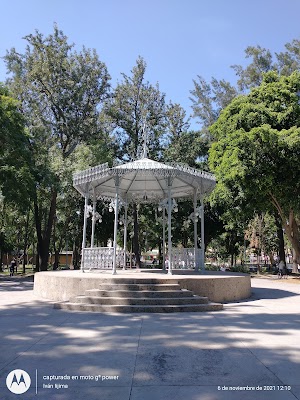Morelia Historic Centre (Centro Histórico de Morelia)
Overview
Centro Histórico de Morelia, nestled in the heart of Morelia, Michoacán de Ocampo, Mexico, stands as a stunning testament to Spanish colonial urbanism. Founded in 1541 by Spanish conquistadors led by Antonio de Mendoza, the city was initially named Valladolid before being renamed to honor José María Morelos, a revered hero of the Mexican War of Independence.
The design of Morelia's Historic Centre reflects a visionary blend of Spanish architectural elegance and the region's rich cultural heritage. Its layout is characterized by Renaissance ideas, employing a symmetrical grid pattern known as the reticular plan, which was a hallmark of urban design during the Spanish colonial era. This thoughtful planning is evident in the harmonious arrangement of streets and public spaces, creating a captivating atmosphere for visitors.
The buildings in the city are predominantly constructed from the region's iconic pink stone, known as cantera, which lends Morelia its distinctive aesthetic. This cohesive architectural style, a result of collaboration between Spanish artisans and local indigenous craftsmen, showcases intricate details that give the Historic Centre its unique charm and character.
Among the standout landmarks is the Morelia Cathedral, an architectural masterpiece whose construction began in 1660 and concluded in 1744. This grand baroque structure features soaring spires, elaborate carvings, and a breathtaking interior, including a silver baptismal font and a monumental pipe organ, making it a must-visit for anyone exploring the area.
Another significant site is the Palacio de Gobierno (Government Palace), built in the 18th century. This baroque building now houses state government offices and is adorned with stunning murals by renowned artist Alfredo Zalce, depicting the rich history of Michoacán.
Don't miss the Aqueduct of Morelia, an engineering marvel constructed between 1785 and 1789 to supply water to the city. Spanning 1,700 meters and featuring 253 arches, this beautifully preserved aqueduct is a remarkable example of colonial civil engineering.
The Historic Centre is also enriched by its numerous plazas, mansions, and churches. Plazas like the bustling Plaza de Armas and the serene Plaza de San Agustín serve as vital community hubs, perfect for relaxation and social gatherings. The colonial mansions, with their charming courtyards, and historically significant churches enhance the cultural tapestry of the area.
Strolling through the cobblestone streets of the Historical Centre is an enchanting experience, as each narrow pathway invites you to discover hidden gems. Shop windows showcase local crafts, the aroma of freshly baked goods wafts through the air, and vibrant flowers from courtyards add to the sensory delight, creating an immersive journey back in time.
In recognition of its exceptional architectural preservation and cultural significance, the Centro Histórico de Morelia was designated a UNESCO World Heritage Site in 1991. Ongoing preservation efforts aim to maintain the traditional colonial architecture while celebrating the vibrant spirit of Morelia for future generations.
Today, the Historic Centre thrives as a lively hub filled with museums, galleries, restaurants, and shops. Cultural events and festivals, such as the annual Morelia International Film Festival and the Music Festival of Morelia, infuse the area with energy, drawing both locals and visitors alike. This vibrant atmosphere serves as a testament to the rich history of Michoacán and the enduring legacy of its colonial past.


